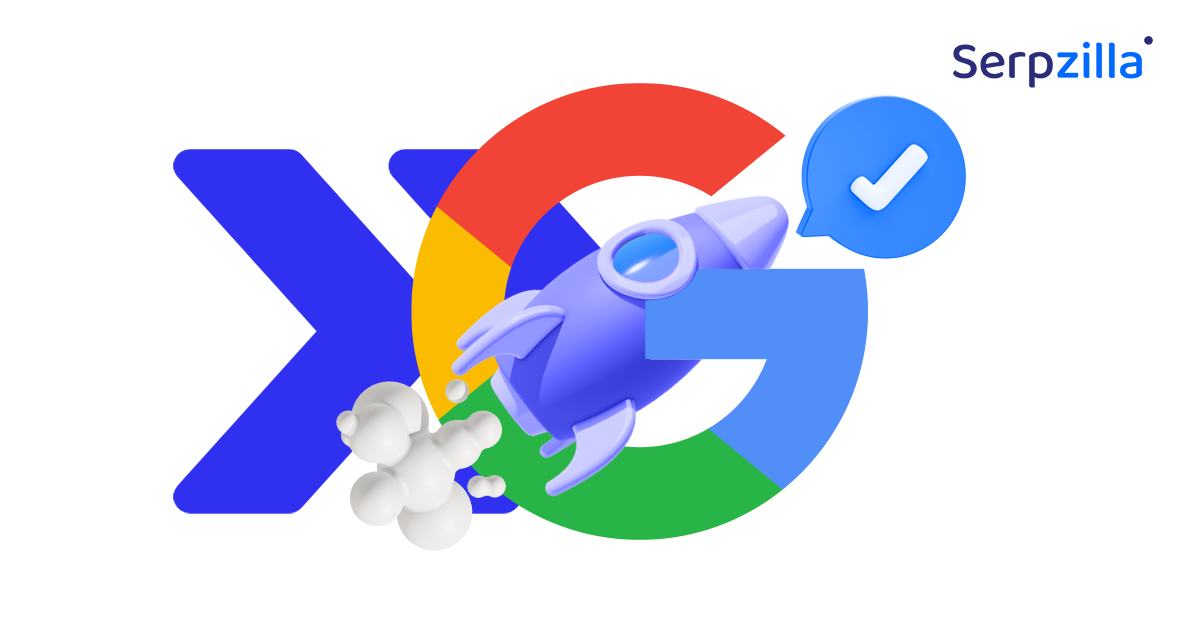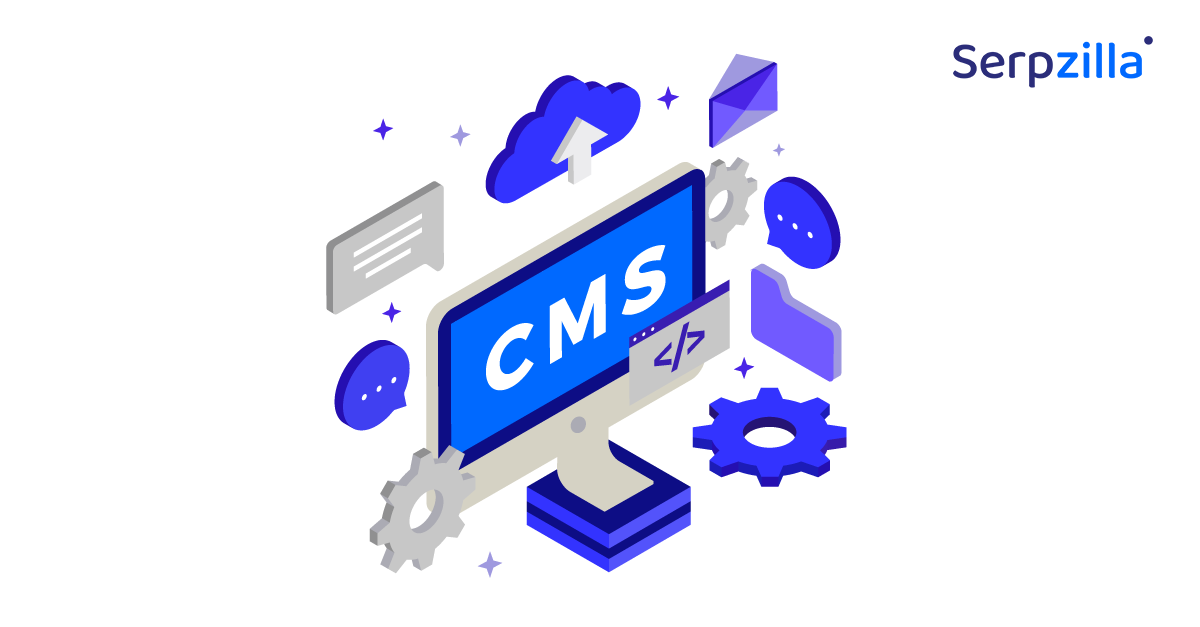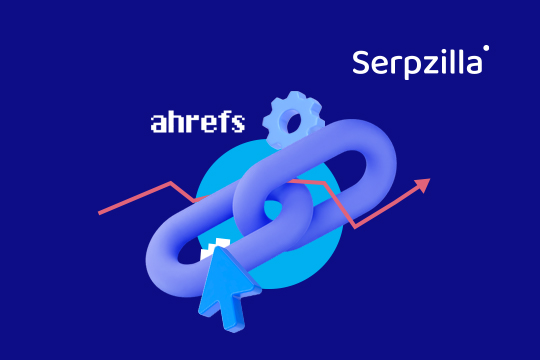Keywords are the pillars of a website’s SEO and content marketing strategy. A website’s success largely depends on how well it can identify and use the right keywords. This can significantly improve a website’s visibility in the SERPs, drive organic traffic, and increase conversion rates.
Why Are Keywords Important?
SEO is a constantly evolving field and staying ahead of the curve is essential to succeed in the digital marketplace. One of the most critical aspects of SEO is understanding user intent and crafting content that meets the needs of your target audience. This is where intent research from a keyword perspective comes in.
Traditionally, keyword research was done using tools such as Google Keyword Planner, Semrush and Ahrefs with an attempt to identify as many keywords as possible that your website can potentially rank for and bring you customers.
However, keywords are not just a set of words. By analyzing the search queries that users type into Google, businesses can gain insights into their needs, interests, and pain points. This information can then be used to create content that resonates with the wider target audience and drives traffic and conversions.
That is the basis of using keywords to research the intent of the searcher.
Keywords Reveal User Intent
Intent research isn’t just about identifying keywords and creating content to cater to them. It’s about getting inside the mind of the searcher, understanding what they want, and delivering a solution that meets their actual needs – what they want right now and what they might want next – or some months down the line!
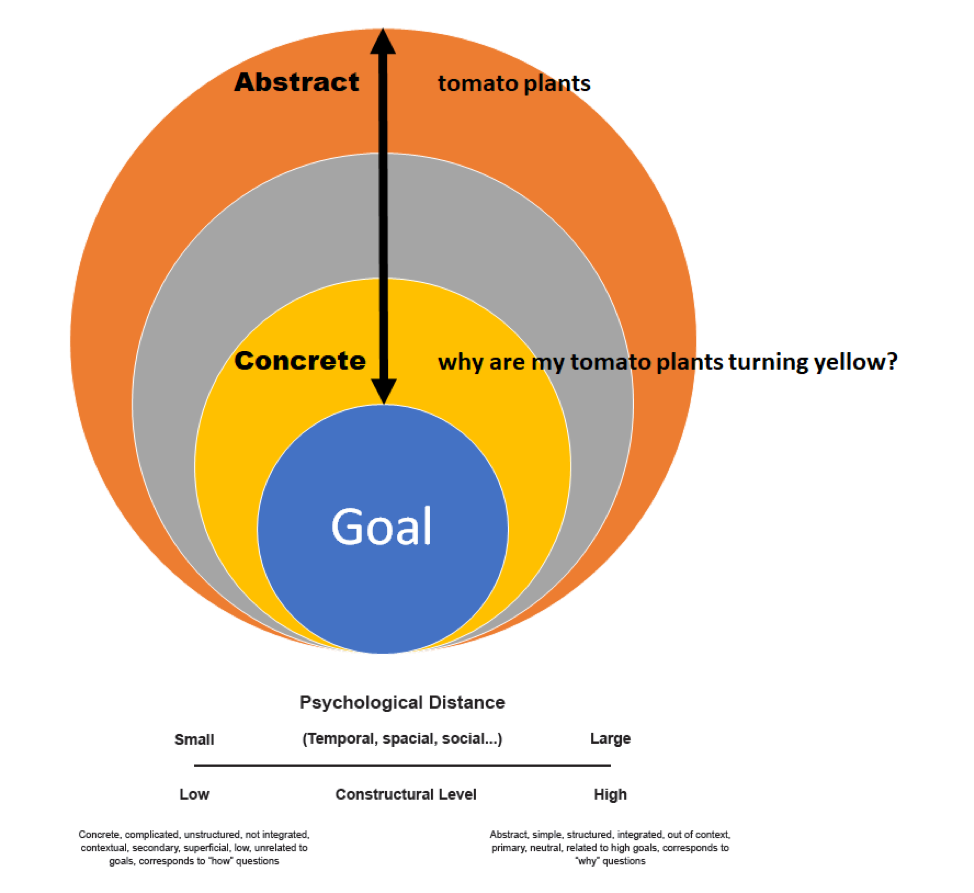
Source: https://www.searchenginewatch.com/2018/12/03/intent-research-keywords-tips/
Businesses take the time to conduct thorough intent research and create content that speaks directly to their target audience stand out from the competition and ultimately drive revenue growth. Knowing your visitors’ intent helps you build trust, establish brand authority, and provide actual value to customers.
The way to understand intent better is to break down keywords into various categories. This helps you understand the situations and context in which they are used and help you create relevant content.
The 3 Basic Types of Keywords
There are three main types of search intent – and therefore, keywords: informational, navigational and transactional (also called “commercial” because most transactions are commercial).
- Informational keywords: When a user is looking for specific information on a topic. Example: “how to do keyword research”
- Navigational keywords: When a user is trying to locate a specific website. Example: “Facebook login”
- Transactional or commercial keywords: When a user is ready to make a purchase. Example: “buy iPhone 13”
These are the three basic types of keywords that SEOs defined in the nascent stages of the SEO industry. However, over the years, Google shifted to more and more personalized SERPs, with a variety of formats in what they call “rich results.”
Categories of Keywords in Different Contexts
You need to categorize keywords in more ways than one in order to map your content correctly to multiple search intents and result pages.
Head terms & Long-tail keywords:
Head terms are words or phrases with a broad meaning and usually consist of one or two words. Head terms are high-competition keywords having a high search volume. However, they may not be specific enough to match the user’s search intent.
For example, if you search for “shoes” it’s not clear whether you’re looking for men’s shoes or women’s, whether you want running shoes or flats, what brand you want, etc. Head terms make up 7 to 8 percent of all search queries.
Long-tail keywords are specific and consist of four or more words (keywords that are about three words long are called the “chunky middle”). These have lower search volume but higher conversion rates, as they match the user’s search intent much more closely. For example, when you search for “size 12 men’s nike air jordans” you know exactly what you want to buy.
Long-tail keywords are a valuable asset in any SEO and content strategy and help businesses reach a more targeted audience. They make up a whopping 92 to 93 percent of all search queries, according to Ahrefs.
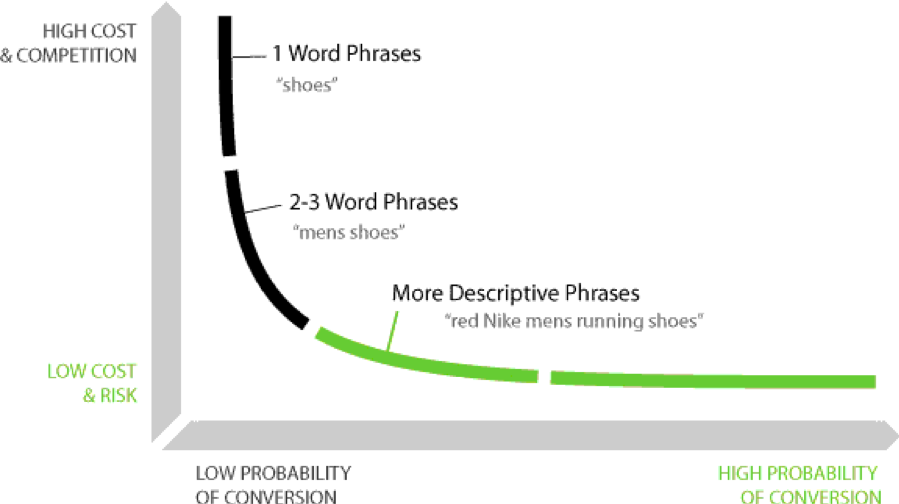
Branded and generic (non-branded) keywords:
Branded keywords are those that include the name of a company or brand. They meet a mix of navigational and transactional intent and are crucial in helping searches distinguish you from your competitors. According to Search Engine Journal, branded keywords account for approximately 25% of all search queries.
On the other hand, generic keywords describe a product or service without including the brand name. These account for approximately 33% of all search queries, according to Ahrefs. Non-branded keywords can be more competitive, but they are also valuable for reaching a broader audience, especially when you aren’t very well known in your industry.
Level-of-match keywords:
These are more from the targeting perspective. They’re borrowed from PPC.
Exact match keywords are simply the user’s exact search query. They help businesses target users with the most specific search intent and create super-relevant content accordingly.
In contrast, broad match keywords combine all possible variations of the search query – whether they contain one of the words of the query, another form of the word, or even words that means something similar. They help you reach a broader audience and increase the website’s visibility, but they may result in irrelevant traffic and lower conversion rates.
Phrase match keywords are the middle ground between exact match and broad match. They are taken to mean any keyword that contains the phrase the user enters, along with close variations.
Negative keywords:
Negative keywords are another term borrowed from PPC. These are the keywords a business wants to exclude from its SEO strategy because are irrelevant to their website’s content or target audience. For example, if you run a blog that talks about different forms of yoga, you might want to exclude “yoga jobs” from the list of keywords to target because you might not be hiring any trainers. Negative keywords help reduce irrelevant traffic and improve conversion rates.
Latent Semantic Indexing (LSI) keywords:
LSI is a technique developed in the eighties that forms the basis of how search engines index pages. They help search engines understand the context of a user’s search and how its related to the content on the websites it has indexed.
Today, LSI keywords are taken to mean the related terms and phrases semantically linked to the main keyword. For example, if the main keyword is “SEO” then the list of LSI keywords could include “digital marketing.”
LSI keywords are one of the most hotly debated topics in SEO. Many experts are of the opinion that Google doesn’t use LSI.
There’s no such thing as LSI keywords — anyone who’s telling you otherwise is mistaken, sorry.
— johnmu is not a bard yet 🖇️🖇️ (@JohnMu) July 30, 2019
So, while Google may not actually use LSI as a technology, you’d do well to identify and target LSI keywords.
Geo-targeted keywords:
Location-based keywords that include the name of a neighborhood, city, state, country or region are key to local SEO as well as international SEO. They are important for businesses operating in specific geographic markets. Keywords that are relevant to a geographic region (but may not necessarily specify it) account for 46% of all searches, according to Moz.
Multiple Intents, One Purpose
Keyword research is the foundation of a successful SEO strategy. Knowing the types of keywords helps you understand your audience, create valuable content, and develop an effective SEO strategy.



